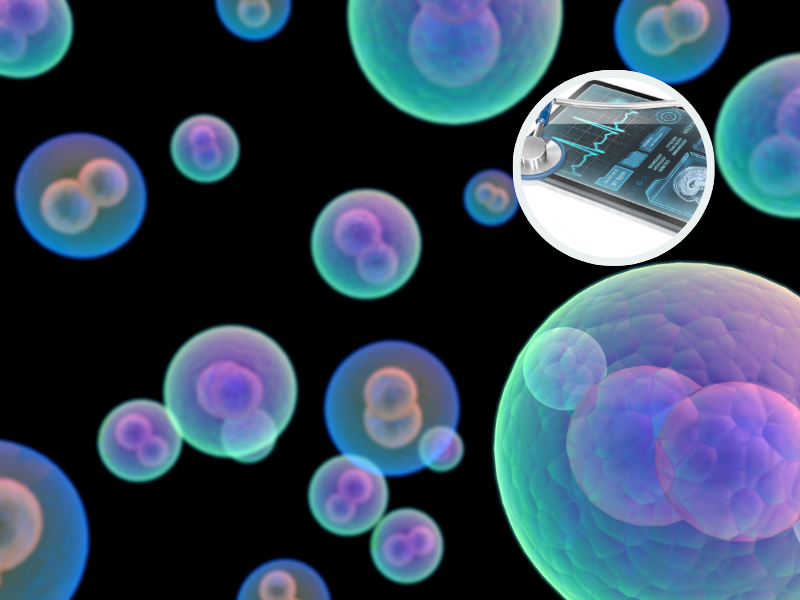CRISPR 2.0 - Improving Drug Delivery Through Ultracompact CRISPR Systems

Although CRISPR/Cas9 has been hailed as revolutionary and one of the greatest gene editing tools of all time, it comes with limitations, mainly its large size. Across the life sciences industry, there is a demand for smaller enzymes that can be efficiently packaged into adeno-associated viruses (AAVs) to deliver genetic material into host cells.
To overcome this issue, Stanley Qi, Associate Professor of Bioengineering at Stanford University, has been developing a miniature Cas system (CasMINI). Cas9 is the protein used in existing CRISPR systems, it binds to DNA and cuts it at a specific target site. The CasMINI is a modified form of Cas12f that is less than half the size of Cas9 and has been licensed for human use to epigenetic editing company Epic Bio.
Unlike Cas9, the CasMINI can fit into a single AAV, making drug delivery more feasible and efficient. It is hoped that smaller systems like these will have the edge over Cas9 for in vivo applications. Ultracompact systems could be game changers since they not only enhance drug delivery but are also designed to carry out genome editing and base pair editing to the same degree of precision as Cas9.
Related:
- Reshaping Genome Editing: Doudna & Charpentier, the Founders of CRISPR/Cas9 and Their Legacy
- New Trailblazer Profluent Launches its AI-enabled OpenCRISPR-1 to Edit the Human Genome
- Accelerating Target Discovery with Genomic and CRISPR Techniques
Mammoth Biosciences is a biotechnology company also focused on developing miniature CRISPR systems that leverage nuclease applications and new modalities beyond double-strand breaks, including base, reverse transcriptase, and epigenetic editing. The company is a pioneer in the field, they have researched current CRISPR systems, optimised, and tested them to create smaller CRISPR systems that work robustly to ensure the practical delivery of genetic therapies. Their NanoCas and CasPhi nucleases overcome the limitations of viral and non-viral delivery that presented challenges for proteins like Cas9.
According to Trevor Martin, CEO of Mammoth Biosciences: "The next step in what we are focused on is tackling the vast majority of genetic disease, which is going to require systemic injection and getting beyond delivery – and that’s where we think these ultra-compact systems will be transformative."
To advance their efforts, in April 2024 Mammoth and Regeneron Pharmaceuticals announced a partnership to research, develop and commercialise in vivo CRISPR-based gene editing therapies. Regeneron develops AAVs using antibody-based targeting to improve the delivery of genetic therapies to specific tissues and cells. Meanwhile, Mammoth Biosciences focuses on creating novel ultracompact nucleases and associated gene editing systems which are significantly smaller than other CRISPR-based systems. By combining expertise, the companies seek to develop disease-modifying treatments that can be delivered beyond the liver.
Overall, the versatile and compact nature of CasMINI highlights its potential as a gene editing tool. CasMINI's size could facilitate high-efficiency delivery ex vivo or in vivo using AAV or lipid nanoparticles (LNPs), addressing a major obstacle associated with delivering gene therapies beyond the liver.






